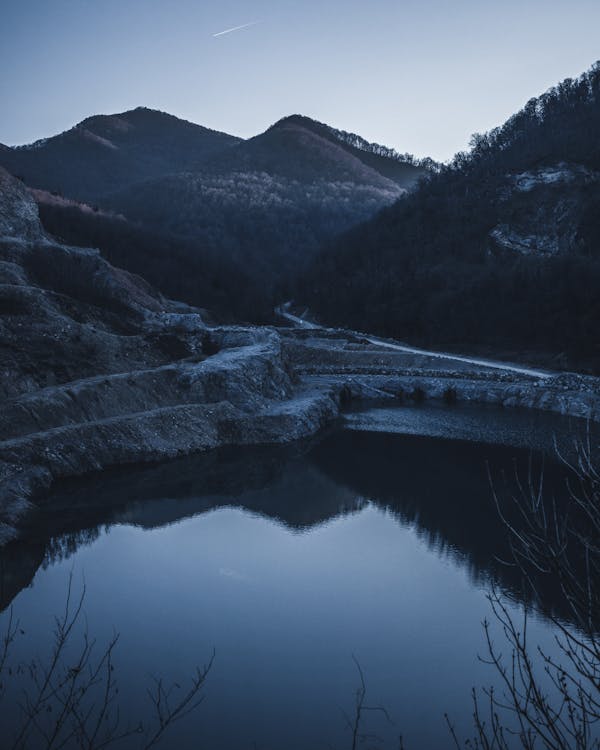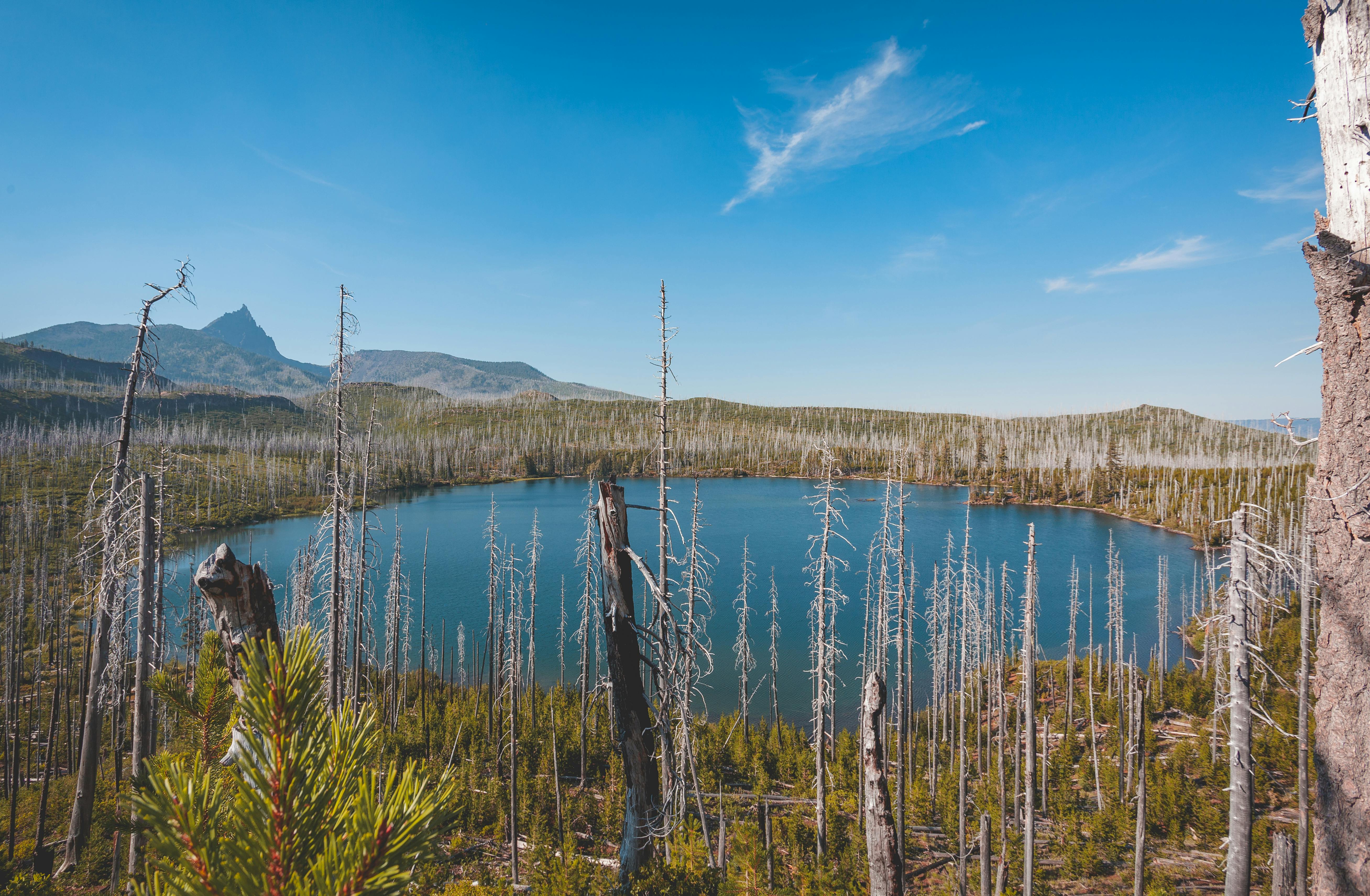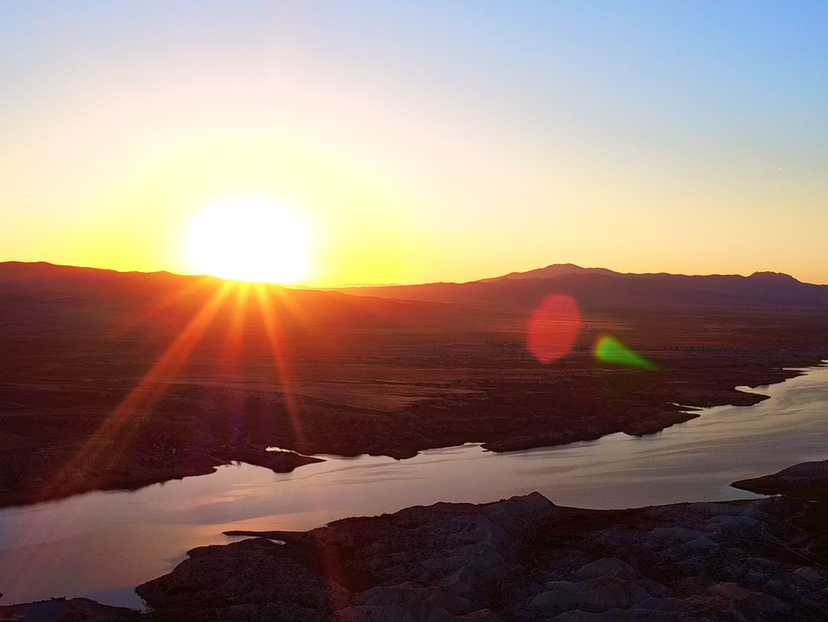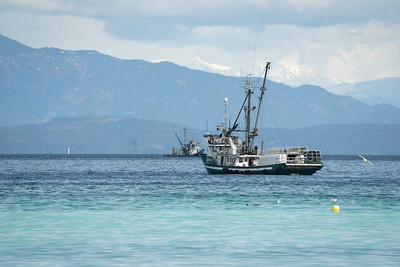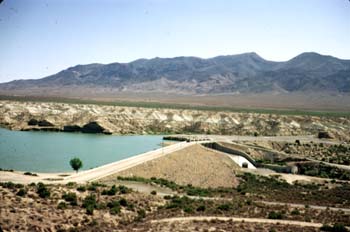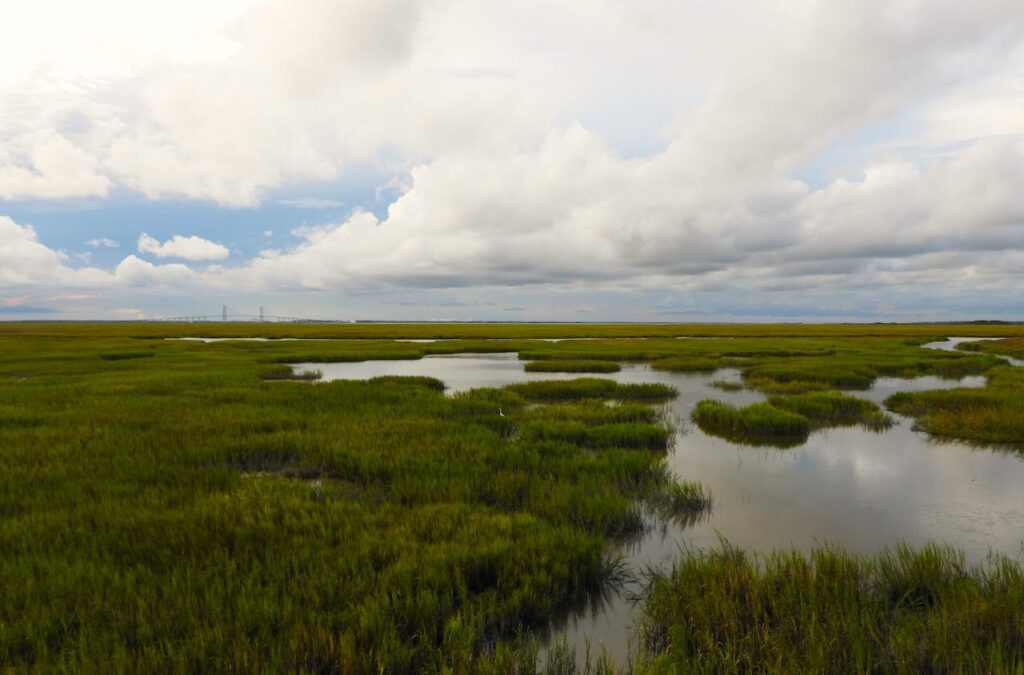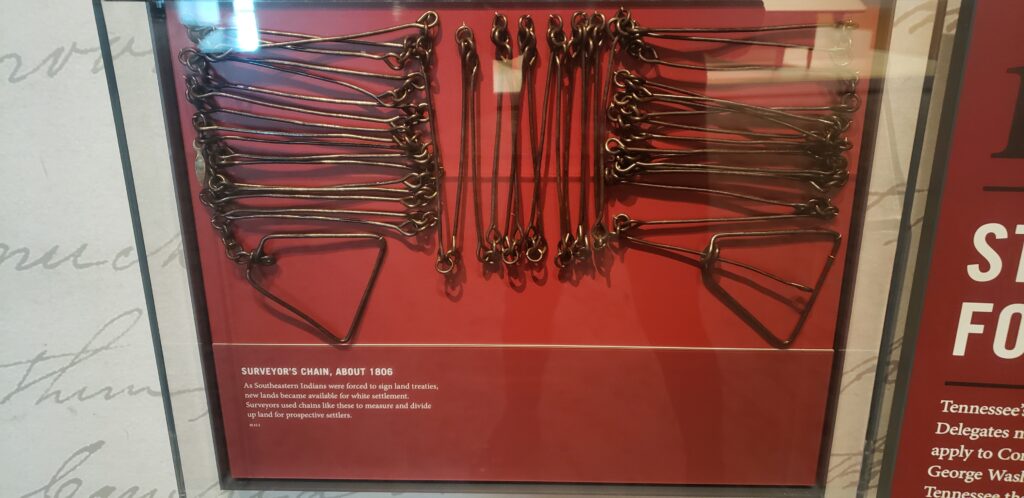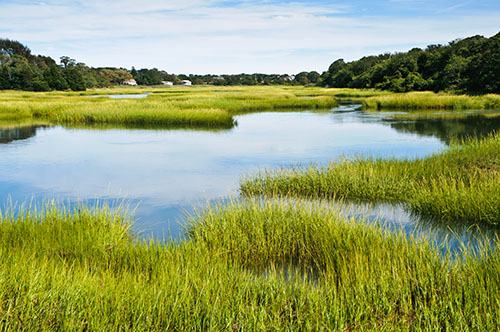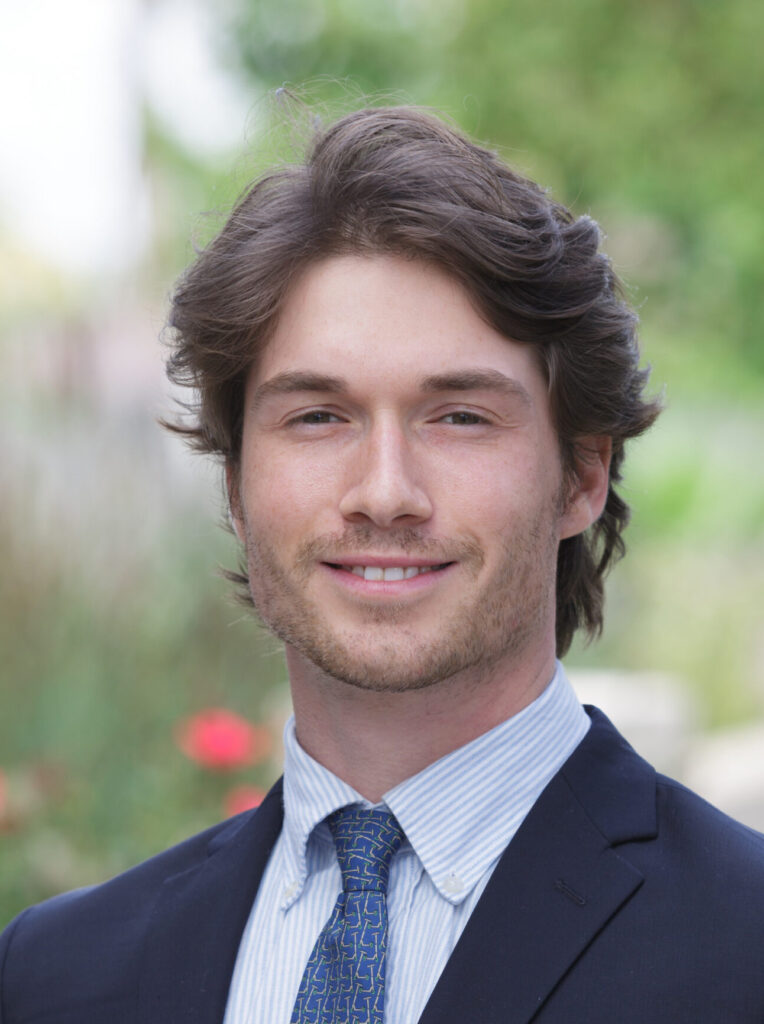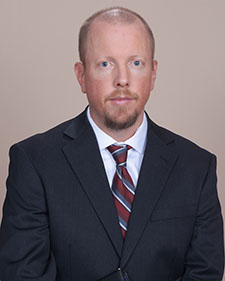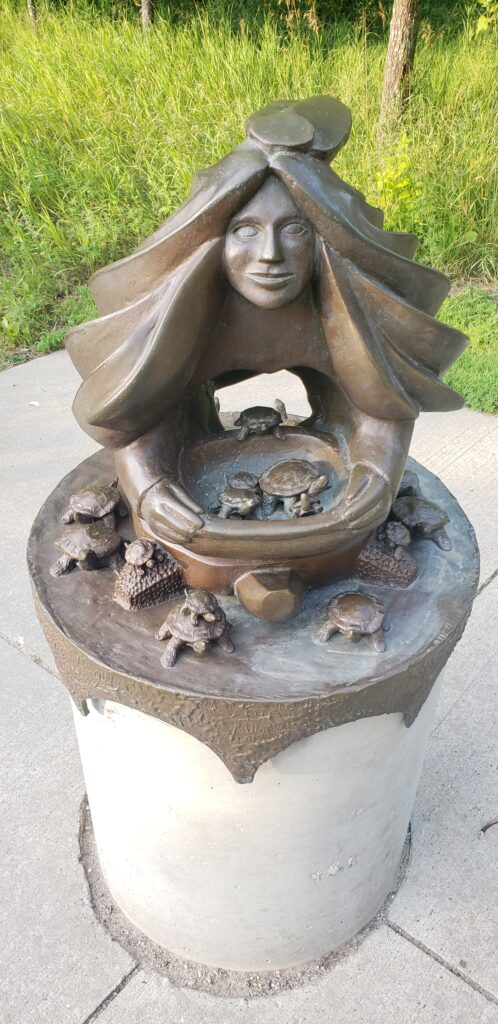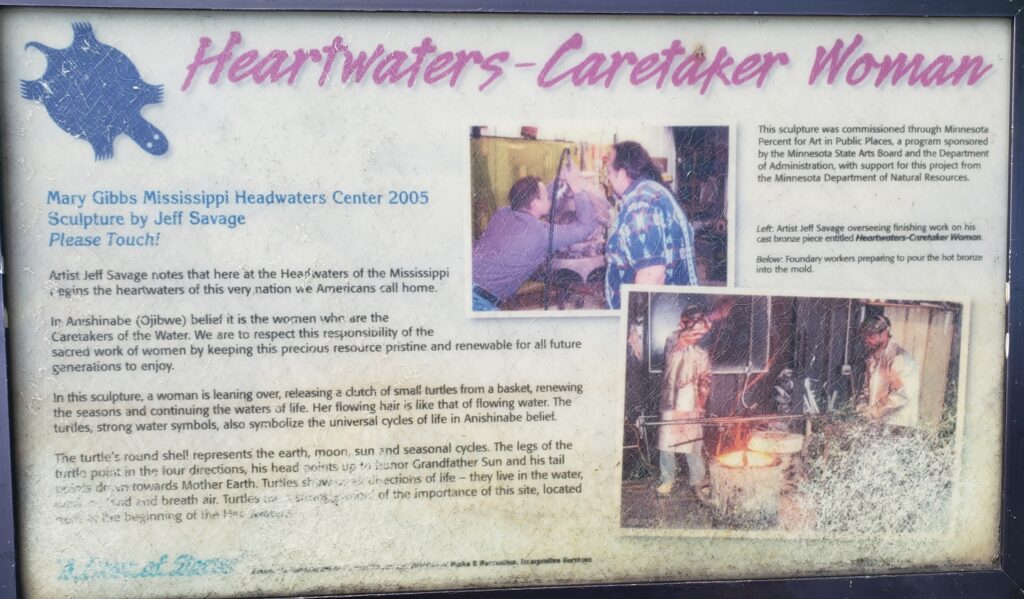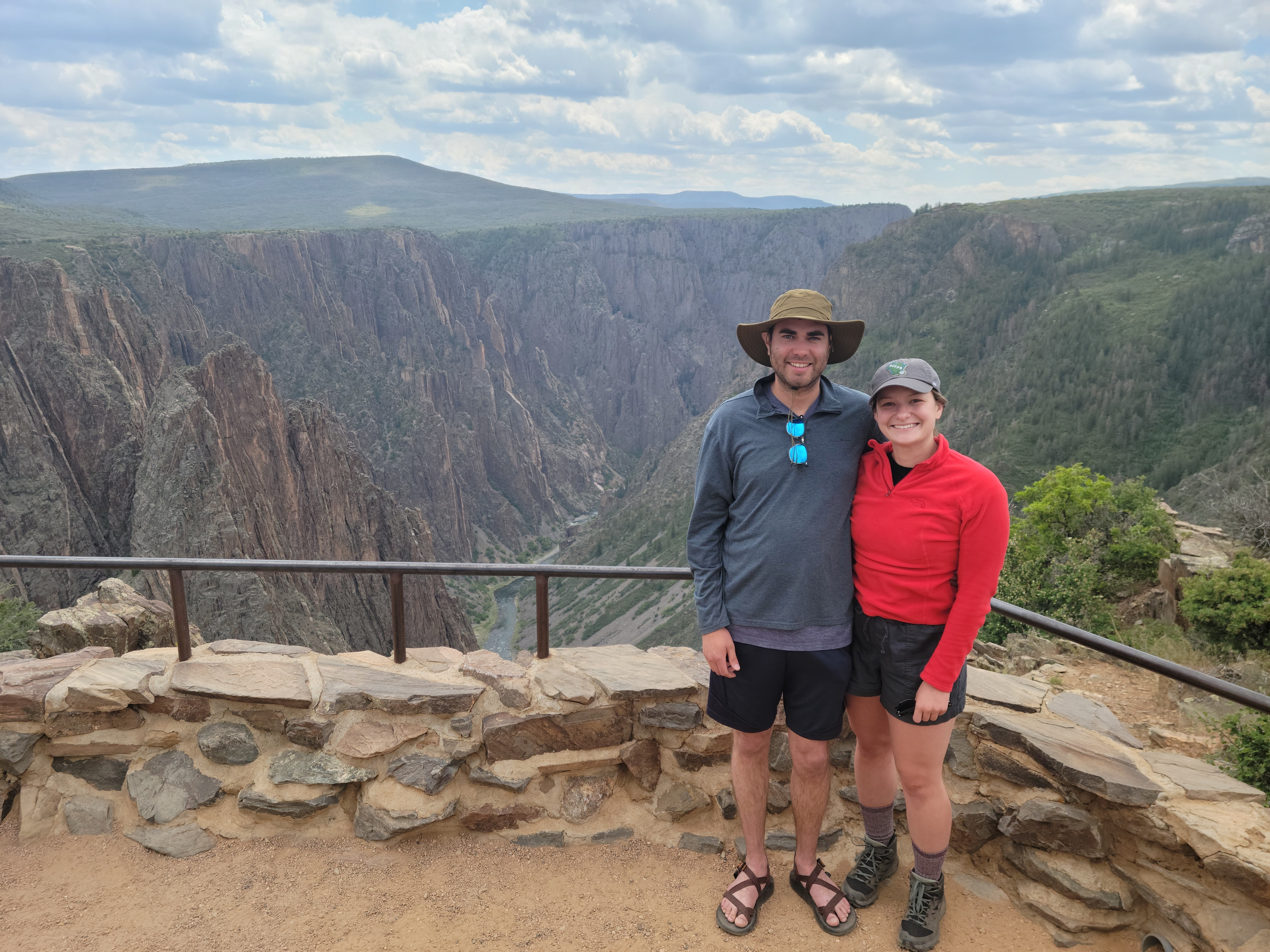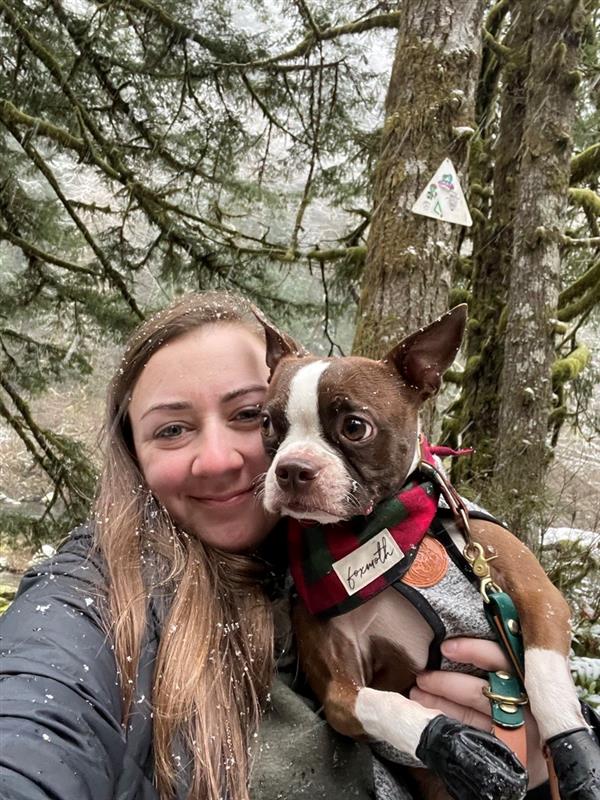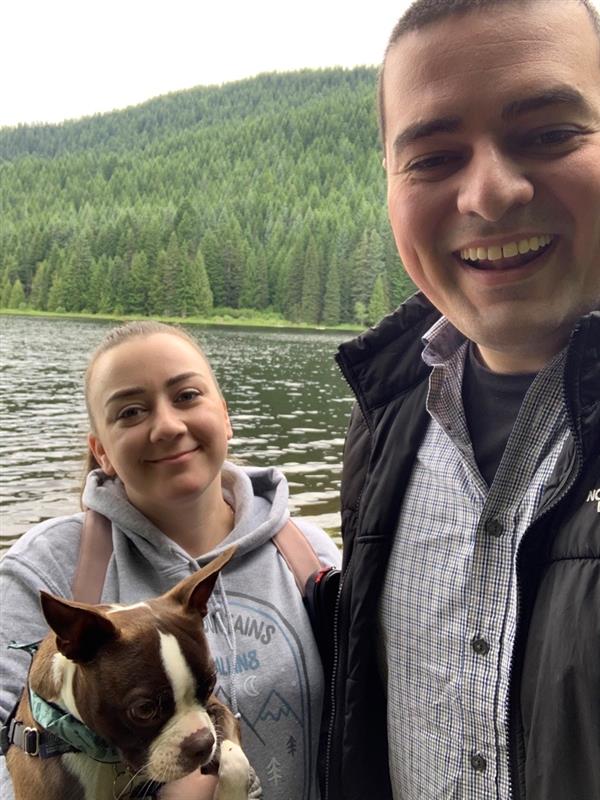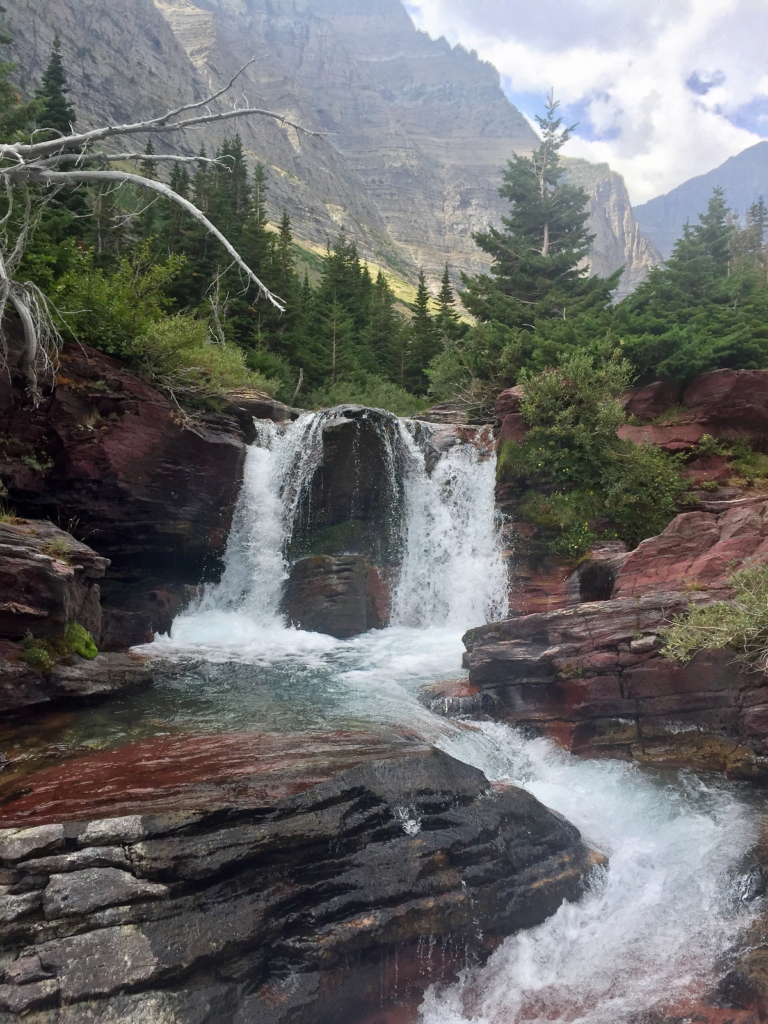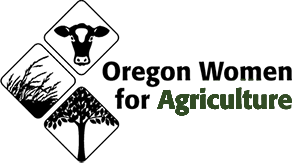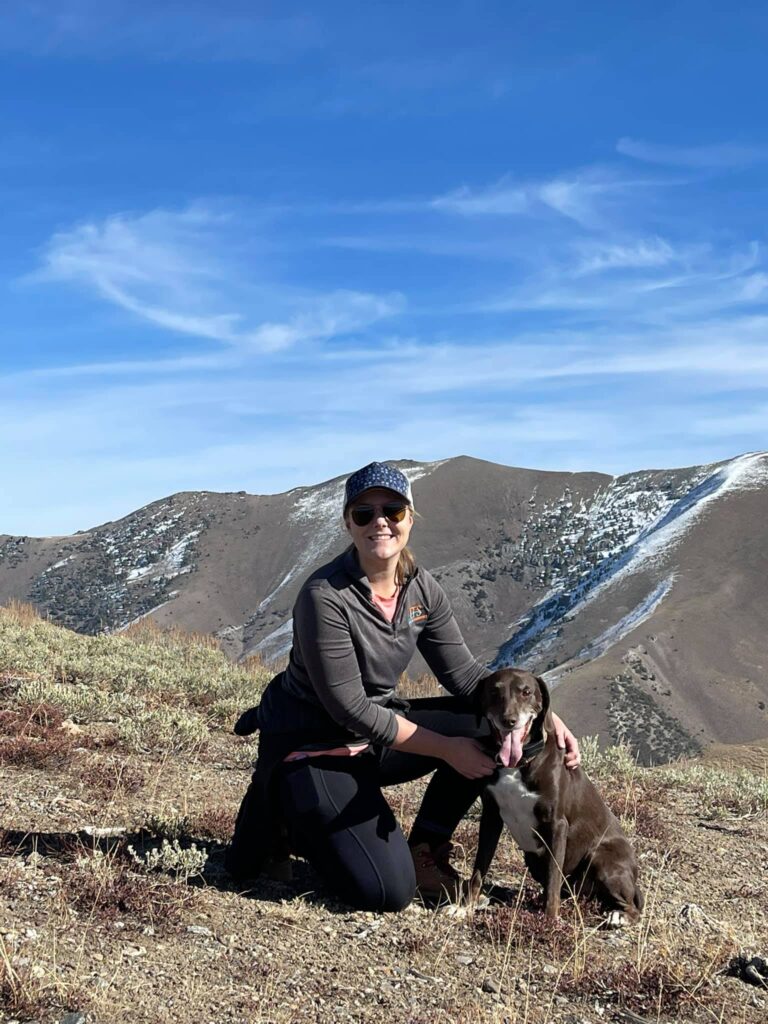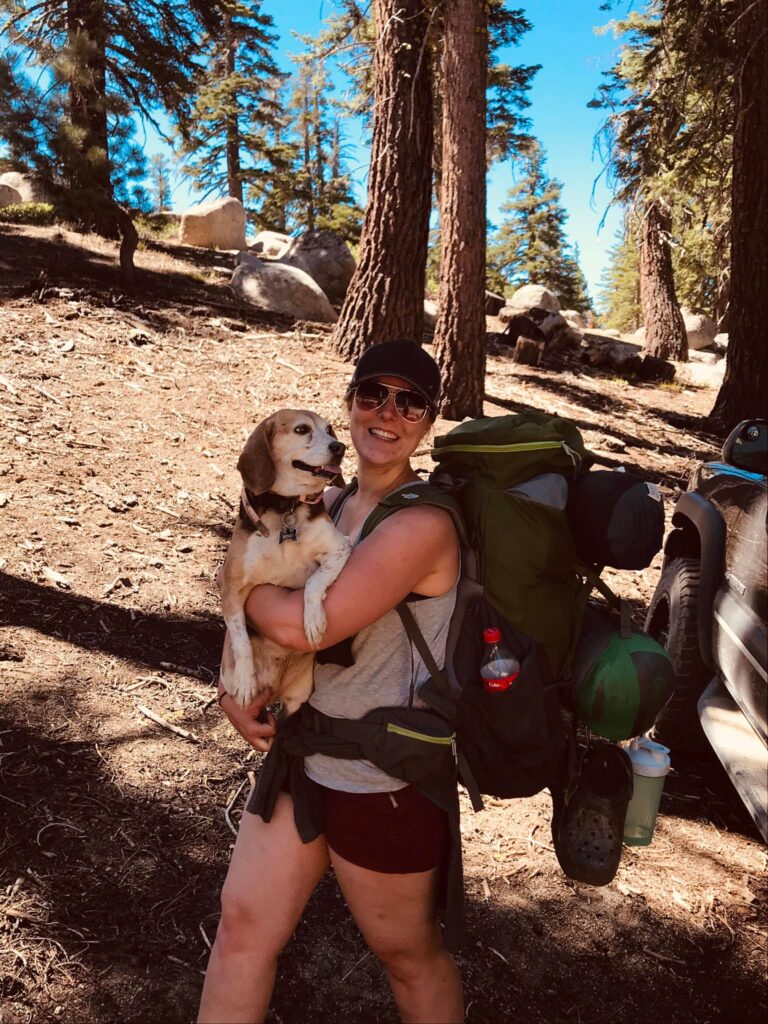Empty Office Buildings – A New Way to Farm?

Across the United States roughly 20% of office spaces remain vacant; one of many lingering effects of the COVID-19 pandemic. With increasing permanence of hybrid and remote roles, some studies project more than 300 million square feet of United States office space will become vacant by 2030. As these empty buildings serve as a frustration to many landlords, municipalities are working to find creative solutions for these empty offices — a prominent one being vertical farming.
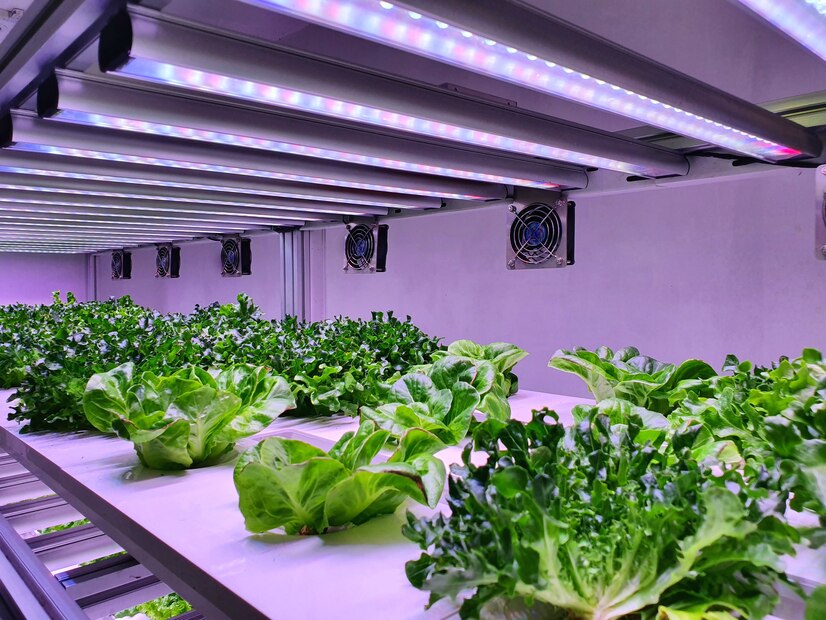
Surprisingly, office buildings already provide a well-suited environment for farming. Office buildings are air conditioned, heated, and well ventilated. These features allow individuals to monitor change temperatures in response to their crop production. Vertical farming can be a more cost-effective way to utilize empty office spaces, unlike converting these spaces into housing.
When done correctly, vertical farming can yield just as much produce as traditional farming methods. Vertical farming allows for more control over the uncertainties of climate and pests, allowing for more consistent, year-round production. Vertical farming also uses 95 percent less water than traditional methods, which touches on concerns regarding increased water scarcity.
AgriPlay Ventures, an indoor farm in Calgary, Alberta, is an example of how successful this method of farming can be. Although currently operating on only one floor of the Calgary Tower Center, AgriPlay is able to provide fresh produce, with some crops providing 30 harvest a year, to a community with the highest rate of food insecurity among Canadian provinces. AgriPlay illustrates that indoor farms are an asset to the community, not just property owners.
While vertical farming should not be the only solution to these unused spaces, it is a solution that can mitigate multiple problems at once and reshape our urban centers. By utilizing empty office spaces in this way, we can support the local community by alleviating food insecurity. This solution also creates local green spaces. Vertical farms are an innovative development in adaptation to our changing environment.
Read the full article here:
Smithsonian: Empty Office Buildings Are Being Turned Into Vertical Farms | Smithsonian (smithsonianmag.com)


